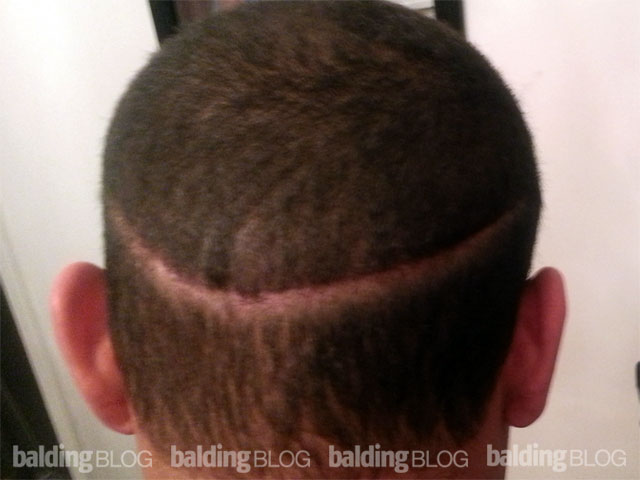Doctor, I just watched a video of a transplant and I don’t see how you avoid shock loss or at least loss to hairs in the recipient area when filling in a thinning area as opposed to a bald area. Propecia or not, that’s a lot of trauma. There has to be some TE going on there. Maybe you have techniques that can minimize it but I have to believe you can’t avoid it. And you’re going to lose some nearby hair after a procedure.
Again I’m talking about a thinning area not bald. Maybe 30% or more of original hair left. You say it doesn’t happen much anymore because of Propecia, From what I just watched just doesn’t seem possible to me. it would certainly seem it would accelerate loss to any hairs that are miniaturized or about to be.
I speak from my experience over 23 years. In the days before Propecia, when we did a hair transplant, almost every patient developed some degree of shock loss. It was so common that I always told the patient to expect it, and that if it happened (which it usually did) we might have to do another transplant just to address the shock loss. I often increased the number of grafts just to address this possibility.
When Propecia came on the market and many patients who eventually asked to have a transplant after the drug failed to meet their expectations, I noticed quickly that the shock loss problem was far less frequent that on those patients not on the drug. Although I never reported this in a medical journal publication, it was not just my own experience, but the experience of many other doctors as well.
Hair loss following a hair transplant procedure is most often in the hairs that are miniaturized, or at the end of their normal life span. These hairs, I suspect, are far more sensitive to the trauma of the anesthetics and/or the surgery. The use of finasteride (Propecia) is not foolproof for preventing shock loss, but it is darn good.
As we don’t really see the hair loss and/or miniaturized hairs in the parts of the scalp that doesn’t look like there is balding present, even since I have been performing bulk analysis of the hair, I know now with absolute certainty what I suspected for many years — in many men, 50% of the hair that may be in a miniaturized state to some degree is where the shock loss occurs. I call this clinical observation by a questioning mind, like mine.
Tags: hairloss, hair loss, shock loss, hair transplant, propecia, finasteride


 Doctor, compare about eyebrow transplant and hair transplant. Which has higher success rate and why?
Doctor, compare about eyebrow transplant and hair transplant. Which has higher success rate and why?